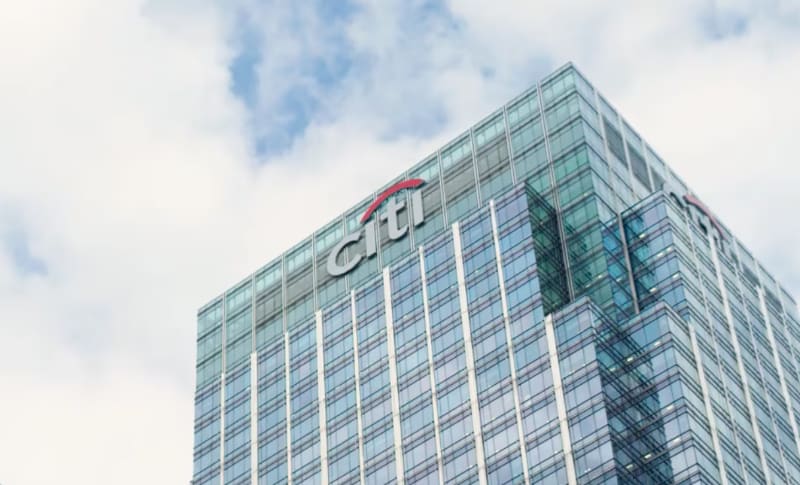Role for cat bonds as climate adaptation financing gap grows: Citigroup

Analysts at Citigroup have highlighted a growing financing gap in climate adaptation efforts, saying that as this gap grows and steps to mitigate climate change remain at a pace considered too slow, there will be a need for increasing amounts of capital and catastrophe bonds are a useful structure that can be used in support.
In a recent report, the Citigroup analyst team explained that as action to limit climate change is not at the pace required to slow its effects, increasing amounts of private capital may be needed to help in adapting and protecting assets and people.
The pressure to adapt increases as the pace of adaptation remains slow, driving an increasing need for capital, which Citigroup notes can be viewed as an opportunity for investors.
With a US $360 billion funding gap in adaptation efforts, the analysts said that the increasing cost of weather and climate catastrophes are growing, while the costs associated with them fall on a range of stakeholders.
Innovative financing solutions are set to be required and while catastrophe risk insurance is seen as important to dealing with issues of loss and damage, there are capital market solutions that may provide more flexibility for both hedging climate exposures, as well as for integration alongside other climate financing tools.
Blended finance is an approach that can see different instruments brought together to serve more than one purpose, which in a situation where you have rising risk, a need to finance adaptation to that risk, but also a need for financial protection and compensation (or contingent capital) when the worst happens, it is gaining increasing focus.
The best example of a blended financing tool that could be appropriate here is the resilience bond, that sought to integrate resilient infrastructure financing with the catastrophe bond to offset and protect against the exposure the infrastructure was designed to mitigate.
We’ve yet to see that structure successfully used, but the World Bank has made strides in bringing together different use-cases within new outcome bonds, that perhaps show one roadmap the industry could go down, in designing natural disaster resilience outcome bonds that integrate some of those features alongside the catastrophe insurance-linked securities we know today.
The Citigroup research team highlight that insurance-linked securities (ILS), such as catastrophe bonds, are one tool that could support the narrowing of the climate adaptation financing gap.
They highlight the significant opportunity to develop new financial instruments and structures, or to blend those already in existence to help narrow that financing gap.
Parametric hedging tools such as weather derivatives are also highlighted as an area of opportunity, that will require private capital to support them but could be expected to see a significant increase in demand in years to come.
Private market investors are going to be a critical source of funding to support narrowing this climate adaptation gap, but innovation from the market’s that have tools that can play a useful role is going to be just as critical to any success being seen.
The ILS and reinsurance markets have a significant opportunity to develop the financial instruments that can support countries, cities, businesses and people through the climate adaptation many believe will be needed over the coming decades.
The tools are already available, but blended approaches to make them more relevant to this use-case are required.






